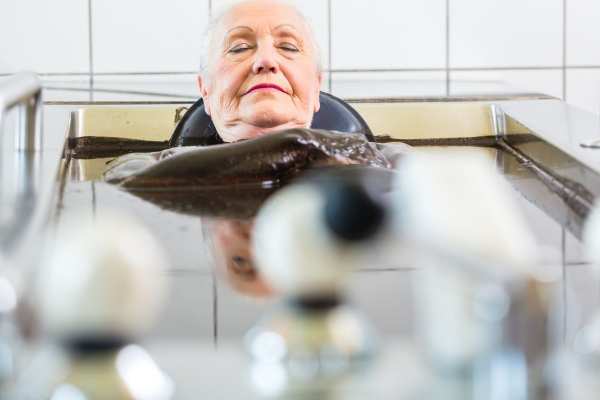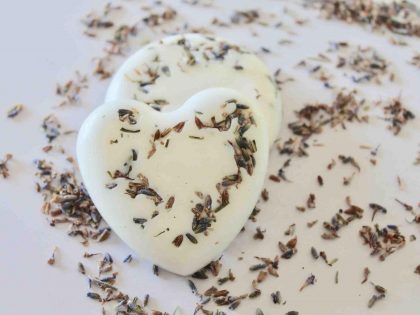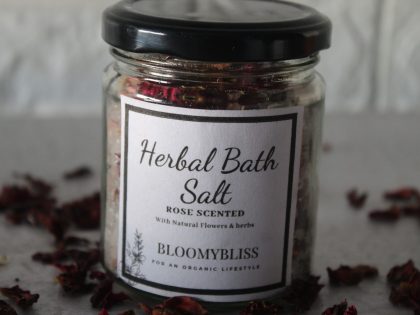30 Seconds Summary
- Creating a relaxing bath for seniors requires safety and comfort. To ensure stability, use
grab bars, non-slip mats, and shower chairs. - Set a calming atmosphere with soft lighting and aromatherapy.
- Keep water at a comfortable temperature, use gentle bath products, and moisturize
after. These adjustments make bath time safer and more enjoyable.
As we age, everyday tasks like taking a bath can become more challenging. For older people, having trouble moving, not being steady on their feet, and being scared of falling can make what used to be a relaxing activity feel hard. With a few easy changes and careful planning, you can make your bath time peaceful and enjoyable. This will help solve any worries you have and also help you relax and feel good. Suppose you care for an elderly family member or are a professional providing private care for the elderly at home. This article will give you valuable tips to make bathing more accessible and comfortable for seniors.

The Importance of a Relaxing Bath for Seniors
Bathing has many advantages besides just getting clean. A warm bath can help soothe sore muscles, get blood flowing better, lower stress, and give your mind a nice break. A calming bath can be a nice break for older people who might have physical pain or feel down. It’s essential to ensure the place for bathing is safe, easy to use, and suited to their particular needs.
Making a calm bath experience for seniors is more than just putting water in the tub. It means ensuring they are comfortable, safe, and feeling good overall. Here are some important tips to make bath time better for older people.
1. Safety First: Make the Bathroom Senior-Friendly
Before we discuss relaxation tips, it’s important to discuss safety. Many older people worry about slipping in the bathroom, so it’s very important to make sure that it is safe for them.
- Put up grab bars: These should be installed close to the toilet, in the shower, and next to the bathtub. They offer extra support and help older people keep their balance when getting into and out of the bath
- Non-slip mats: Put these inside the tub and on the bathroom floor. Wet surfaces can be dangerous, and non-slip mats help prevent slips.
- Walk-in bathtubs and shower chairs are great for older people with trouble moving around. They help them take baths while sitting safely, lowering their chance of slipping and falling.
- A handheld showerhead lets seniors control the water better, making it easier to bathe without needing to move around a lot, which can be hard or hurtful.
- Temperature control: Consider installing devices that prevent the water from becoming too hot. Older adults might have more sensitive skin and take longer to respond, so keeping the water at a safe temperature is essential.
2. Create a Spa-Like Atmosphere
After ensuring everything is safe, the next thing to consider is the atmosphere. A peaceful bathroom that feels like a spa can help older adults feel relaxed and enjoy their bath.
- Lighting: Gentle, warm lights can make a cozy and calming mood. Turn down the lights or use battery candles for a soft, warm light that’s easy on the eyes
- Scented candles and essential oils can help you relax. Aromatherapy is a great way to feel calm. Lavender, chamomile, and eucalyptus oils can help you relax and reduce muscle tightness. If you use candles, put them in a safe place where they won’t cause any accidents.
- Soft music: Quiet music, like classical tunes or sounds from nature, can help older people feel calm while they bathe. Pick music they like and that makes them feel calm.
- Bathroom decoration: Nice towels, cozy bathrobes, and soft mats can make the bathroom feel nicer.
3. Temperature Control for Comfort
Older people often feel colder than younger people. Ensuring the bathroom is warm before they go in will help them feel cozy and stop them from feeling cold.
- Heat up the bathroom: Use a space heater to warm the bathroom before your bath, but keep it away from water to prevent accidents.
- Warm-up towels: Using a towel warmer or putting towels in the dryer for a few minutes can make them feel nice and cozy for seniors after their bath.
- Keep the water at a safe temperature: Using a faucet with a thermostat or a device that prevents burns helps keep the water temperature steady and safe.
4. Use Bathing Aids for Enhanced Comfort
There are different tools to help seniors take a safe and comfortable bath. Here are some tools that can make things more fun:
- Bath pillows are soft cushions that support the neck and head. They help older people relax in the bathtub without hurting their muscles.
- Bath steps or stools: A strong stool or step can help older people get in and out of the bathtub more easily.
- Bath lifts help older people who have trouble moving. They let them sit down slowly in the bath and then lift them back out when they’re done. It’s an easier choice than a regular bathtub.
- Long-handled sponges and brushes help older people clean hard-to-reach places, like their back or feet, without having to bend down or strain themselves.
5. Incorporate Hydrotherapy for Added Benefits
Hydrotherapy is a great way to help seniors feel less pain and relax. Warm water can help lower swelling, increase blood flow, and relax tight muscles. This is especially helpful for older people with arthritis or long-term pain.
- Jacuzzi or whirlpool baths: If you can, consider installing a Jacuzzi or whirlpool bath. The water jets give a light massage that can help ease pain and tightness in muscles and joints.
- Putting Epsom salts in your bath can help lower swelling and ease hurting muscles. It’s an easy and inexpensive way to improve your bath experience.
- Older adults usually have delicate skin that can easily get irritated, so it’s important to pick the right bath products.
- Choose mild soaps and washes that are safe for sensitive skin and don’t have strong smells. Stay away from products with strong chemicals, as they can dry your skin.
- Moisturizing bath oils: Bath oils or bath bombs made for sensitive skin can help keep skin hydrated and nourished, making it feel soft and smooth after bath time.
- Gently exfoliating: If you need to exfoliate, use a soft washcloth or a gentle sponge to avoid hurting sensitive skin.
6. Encourage Independence While Offering Assistance
Bathing is often private, and some older people may not feel comfortable getting help with it. It’s important to help people while letting them learn to do things independently.
- Give them privacy: If an older person can bathe by themselves, let them have their space but stay close in case they need assistance. A simple message like, “I’ll be right outside if you need anything,” can make them feel cared for without making them feel like someone is watching them
- Stay calm and patient: If the older person needs help, be respectful and stay calm. Help them move at their speed and make sure they feel safe and comfortable all the time.
7. Post-Bath Care: Continue the Relaxation
The good feelings from a relaxing bath shouldn’t stop when an older person gets out of the tub. Taking care of them after their bath can make them feel even better.
- Dry them carefully: Use soft, absorbent towels to dry their skin, focusing on sensitive spots like under the arms, behind the knees, and between the toes.
- Put on moisturizer: Older adults’ skin can dry out faster, so it’s important to use a gentle, moisturizing lotion right after a bath to keep their skin healthy.
- Give them a warm robe or blanket: After bathing, seniors should be covered with a cozy robe or blanket to keep them warm and help them feel relaxed.
8. Caring for Seniors with Cognitive Impairments
Older adults with dementia or Alzheimer’s disease may face special difficulties when taking a bath. They may feel scared, mixed up, or restless. Here are some extra ideas to make bath time calming for seniors who have trouble thinking clearly:
- Stick to a regular schedule: Having a routine helps seniors with dementia feel more comfortable. Try giving them a bath at the same time every day and making sure the place feels familiar.
- Use soothing words: Talk in a soft, comforting way. Break down each part of the process to help reduce worry or confusion.
- Reduce distractions by staying calm and quiet. Sudden movements or loud sounds can be upsetting.
9. The Role of Professional Caregivers
If you care for older people at home, you help make their bathing time comfortable and safe. Trained caregivers help seniors take baths while respecting their privacy and independence.
Caregivers should be patient, kind, and respectful when helping seniors bathe. They must ensure that the senior feels comfortable and safe throughout the process.
Wrap Up
Making bath time comfortable for seniors is not just about keeping them safe; it’s also about turning a regular activity into a calming routine that helps them feel better physically and emotionally. By focusing on what each person needs, giving them the right tools and products, and making the bathroom calm and relaxing, you can help older adults have a peaceful and refreshing bath. If you are a family member or caring for an elderly person at home, these tips will help make bath time a relaxing and comfortable experience for them.
-
Set of 6 Soy Wax Scented Candles₹1,349.00
-
Handmade Lavender Goat Milk Organic SoapOriginal price was: ₹349.00.₹280.00Current price is: ₹280.00.
-
Rose Scented bathsalt | Organic bath salt | Healing salt₹450.00



